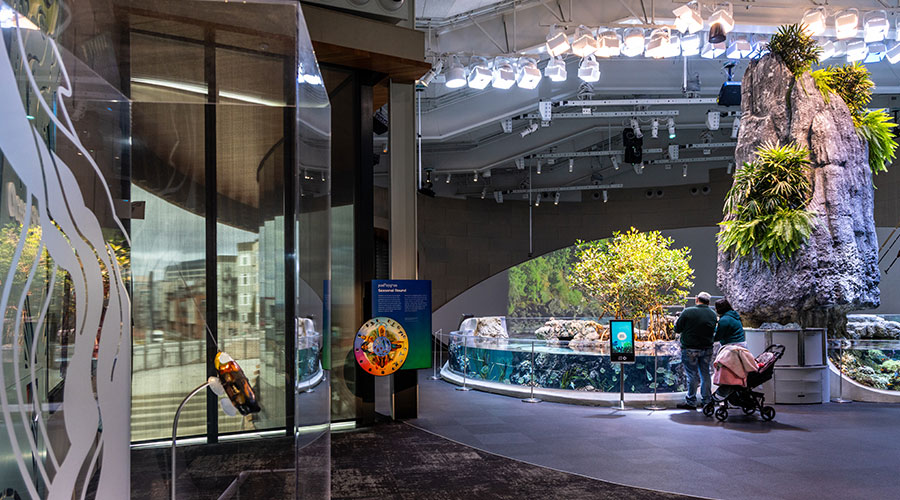Successfully Specifying Controls for Lighting Retrofits
While replacing fixtures can add cost, a redesign with new fixtures also can refresh a space with new aesthetics while addressing lighting quality issues. Managers should consider going beyond merely replacing lamps and ballasts if several conditions are present: a building's primary spaces have been converted to new purposes and lighting is no longer sufficient; too little light falls on walls and ceilings; the uniformity of light distribution is poor; or glare from the lighting is problematic.
At minimum, managers should consider a redesign for premium spaces where productivity and aesthetics are particularly important to the building owner, manager, or occupants.
Regardless of which option a manager chooses to upgrade the lighting, lighting controls are an important part of the retrofit strategy. Managers can install automatic, energy-saving lighting controls to reduce or turn off electric lighting when it is not needed — in response to a schedule, to detected occupancy, or to high and consistent daylight levels. Lighting control strategies can reduce energy use by up to 50 percent in existing buildings, according to the New Buildings Institute.
The challenge with installing some advanced controls in existing buildings is the difficulty and cost of adding low-voltage control wiring to connect various system devices. Solutions are available to minimize these costs, and specifiers should investigate the options, keeping in mind that even simple control options paired with a lamp-and-ballast upgrade will yield additional energy savings.
In buildings where lights remain on when not in use, automatic-shutoff controls can eliminate energy waste. Specifiers can upgrade lighting-control panels to incorporate programmable intelligence and facilitate scheduling in spaces that operate on a predictable schedule and have manual switches for user override. For greater savings, they can replace wall switches with occupancy sensors in smaller, enclosed spaces and upgrade multiple switches that provide bilevel switching to a bilevel occupancy sensor that provides manual-on or auto-on-to-50-percent capability.
Managers also can specify integral controls, such as occupancy sensors and photosensors. Step-dimming ballasts using line-voltage wiring for control signal communication enable low-cost demand response and manual dimming. Wireless sensors and switches allow control devices to be placed almost anywhere without wiring.
Starting in 2012, managers will see a reduction in availability of fluorescent T12 lighting systems, and eventually they will have to upgrade.
Specifiers could consider a maintenance approach with existing lighting systems and pay a little more for marginal upgrades and savings. Or they could take a project approach by investing in measures to achieve greater energy savings and utility rebates. Regardless of the chosen approach, incorporating advanced lighting controls can significantly reduce energy use in existing buildings.
Craig DiLouie, LC, is education director for the Lighting Controls Association and a journalist, educator and marketing
consultant in the lighting industry.
SPOTLIGHT: enLIGHTen America
The National Electrical Manufacturers Association (NEMA) is the largest U.S. trade association representing manufacturers of products used in the generation, transmission, distribution, control, and end-use of electricity. The Lighting Systems Division of NEMA provides an organizational framework for manufacturers of lighting equipment to work together on projects that impact their industry and their businesses.
In 2008, the NEMA's Lighting Systems Division embarked on a joint marketing campaign, enLIGHTen America, to promote energy-efficient lighting upgrades for new and existing buildings and disseminate information about lighting and lighting controls that will save energy, provide a return on investment, and increase asset value. For more information on the program's resources and activities, visit www.nemasavesenergy.org.
|
Related Topics:













